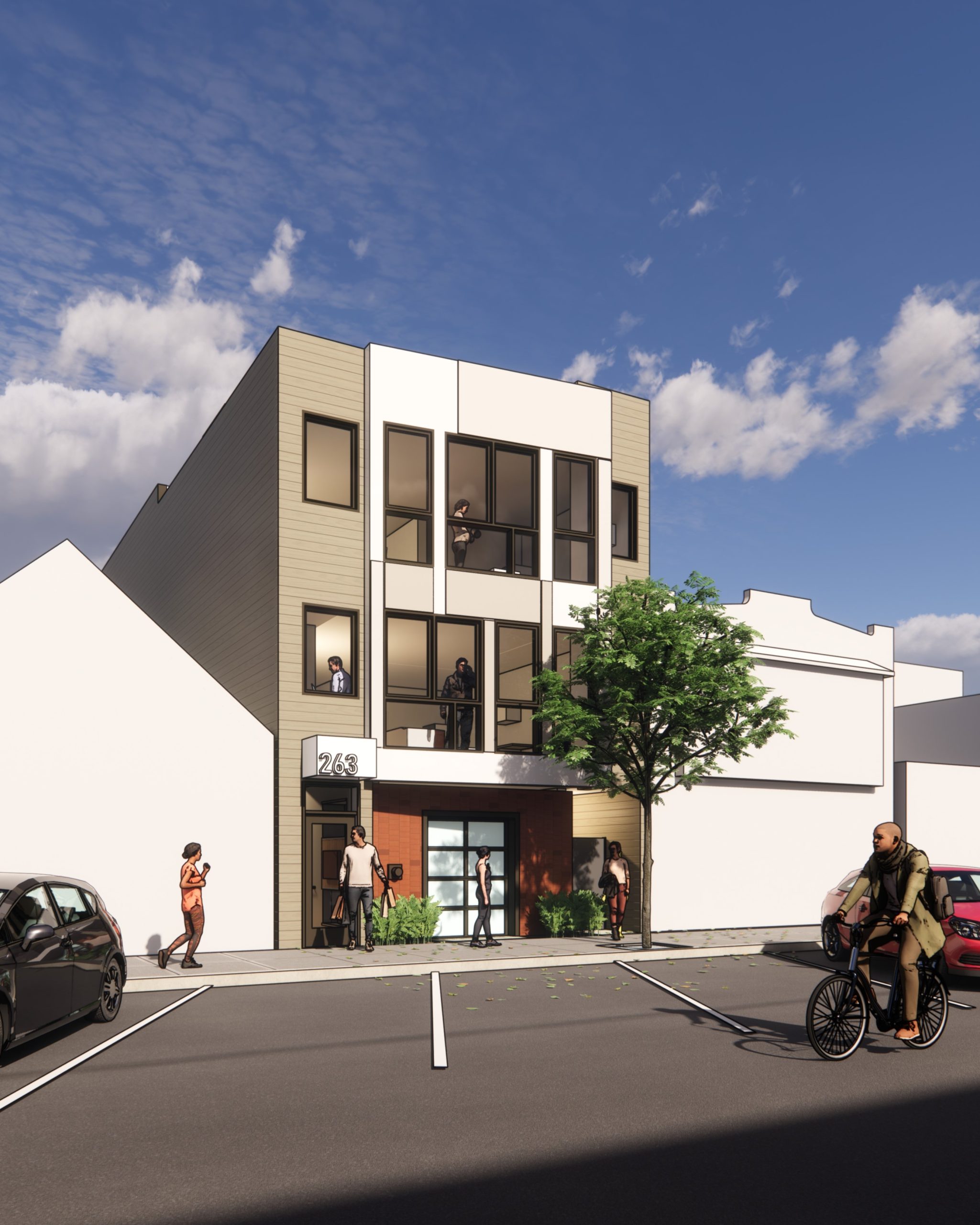THINKING: housing
San Francisco Fourplex Ordinance

The San Francisco Fourplex Ordinance took effect in October of 2022 in order to help alleviate the housing shortage issue in the city. This bill allows property owners to build fourplexes on single-family lots and up to six units on corner lots citywide. The new law expands on Senate Bill 9 (SB9) which allows property owners to subdivide their parcels and then build duplexes on each lot.
The goal is to promote the construction of smaller multi-family buildings in lower density areas to support the development of the “missing middle” housing. The “missing middle” refers to housing choices in between single-family homes and mid- to high-rise apartment buildings. This type of housing, which includes duplexes, fourplexes, cottage courts, and courtyard buildings, have typically been illegal to build since the 1940s. The variety of form and scale of missing middle housing range in differing levels of affordability, providing a diversity of housing choices as well as supporting locally-serving retail and public transportation.
Four- and sixplexes have been a part of the City’s history but many parts of the city were downzoned in the 1970s and few of these developments have taken place in recent years. The fourplex bill allows for incremental housing development in parts of the city currently zoned mostly for single family homes and duplexes. This new ordinance along with other infill housing measures look to utilize existing infrastructure, reducing costs and minimizing the environmental impact.
However, certain criteria need to be met in order for property owners to be able to utilize this law and maximize the financial benefit of their property.
What are the location requirements for a property to qualify?
- Allowed in all RH (Residential, House) districts throughout the City—applies to approximately 94,000 parcels across San Francisco, including much of the western half of the city.
- Up to four units allowed per lot, except for corner lots which are allowed up to six units
How does the new fourplex ordinance work in combination with SB9?
With all RH districts rezoned for multi-family, this marks the end of single-family zoning in the City of San Francisco. This renders the state law SB9, which only applies to single-family lots, essentially useless in the City.
What are the requirements that property owners must meet under the new San Francisco fourplex ordinance?
- To utilize the fourplex bill, owners must have owned the property for at least a year. This bill is intended for property owners who intend to continue residing in their property after construction. If the property is inherited from a family member who owned it for more than a year, the owner can apply for a density exception.
- New units are subject to the City’s rent control ordinance.
- The fourplex bill establishes minimum unit sizes for new units and states that at least one must be two or more bedrooms.
- Owners must produce at least as many units as the project demolished.
- New units are still subject to the Minimum Rear Yard requirement of greater than 30% of the depth of the lot or 15 feet.
- Building height is limited to 35 feet.
- Units can be converted to condos, but the developer must live in one of the units for at least three years after the conversion.
Does this streamline the permitting process?
SB9 streamlined the permitting process, requiring cities to approve duplexes and lot splits “ministerially.” Thus these permits do not undergo lengthy approval processes that allow neighbors or local politicians the ability to impose conditions or deny permits. However, with the fourplex ordinance rezoning all RH districts in San Francisco to multi-family, the SB9 ministerial approval does not apply. Additional units will still go through the city’s “discretionary review” process. This allows opponents of adding new units to drag the process through the Planning Commission, who can impose new conditions not mandated by zoning code or even reject the project entirely.
Can homeowners add an Accessory Dwelling Units (ADUs), Junior Accessory Dwelling Units (JADUs) or more than two units on a lot under the fourplex bill?
This density exception is not inclusive of Accessory Dwelling Units allowed under section 207.